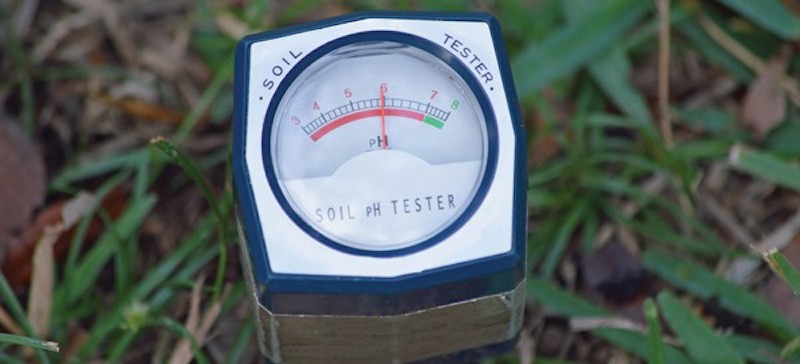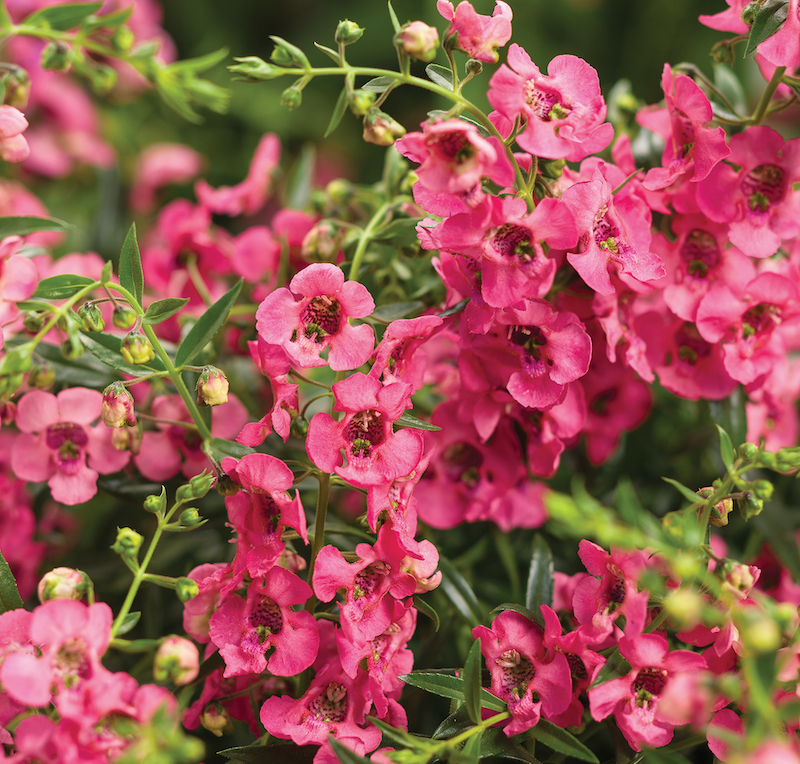Fertilizing your snapdragons will encourage healthy growth and prolific blooms throughout the growing season. Full sun, regular waterings, and occasional fertilizing will have your snapdragon producing beautiful flowers in the spring and early summer and again in the fall. Fertilizer should be applied to established snapdragon plants as they begin to bloom.
How to Fertilize Snapdragons
It is recommended to get a soil test to determine what type of fertilizer to use. You can obtain a soil test from your local extension agent. You will determine what type of soil you have along with its nutrient profile. Snapdragons prefer soil with a pH of 6.2 to 7.0. If the test shows ample levels of nitrogen, phosphorus, and potassium, you may not need to add much, if any, fertilizer.

Granular fertilizer or liquid fertilizer can be applied per package instructions at the base of your snapdragons. Watering in the fertilizer after application will ensure that it reaches the root zone of the plant and does not burn the leaves through contact. Be careful to closely follow the manufacturer's instructions, erring on the side of a lower strength. Overfertilizing snapdragons can lead to excess foliage growth and less flowering.
Best Time to Fertilize Snapdragons
The best time to fertilize your snapdragons is when flower stalks first appear in the spring and early summer. Once your plants begin to bloom, fertilize every 2-4 weeks in the spring. As the spring and summer blooms die back, cut back blooms and fertilize less frequently.

Best Fertilizer for Snapdragons
The best kind of fertilizer is an organic formula with a balanced (e.g. 10-10-10) ratio of nitrogen-phosphorus-potassium. Two pounds of fertilizer are needed for every 100 square foot of garden space. Slow-release, granular fertilizers are often the best choice for their ease of application and gentle release of nutrients over the growing season.
Snapdragon Fertilizing Tips
- Do not fertilize newly planted snapdragons
- Use fertilizer with balanced NPK ratio
- Apply fertilizer every 2-4 weeks once snapdragons begin to bloom
- Water thoroughly to help dissolve fertilizer and prevent fertilizer burn
Warnings
-Always wear protective gloves and a face mask when handling chemical fertilizers.
-Closely follow all directions and storage guidelines that are on the fertilizer label.
 |
Author Katie Endicott - Published 7-05-2022 |
